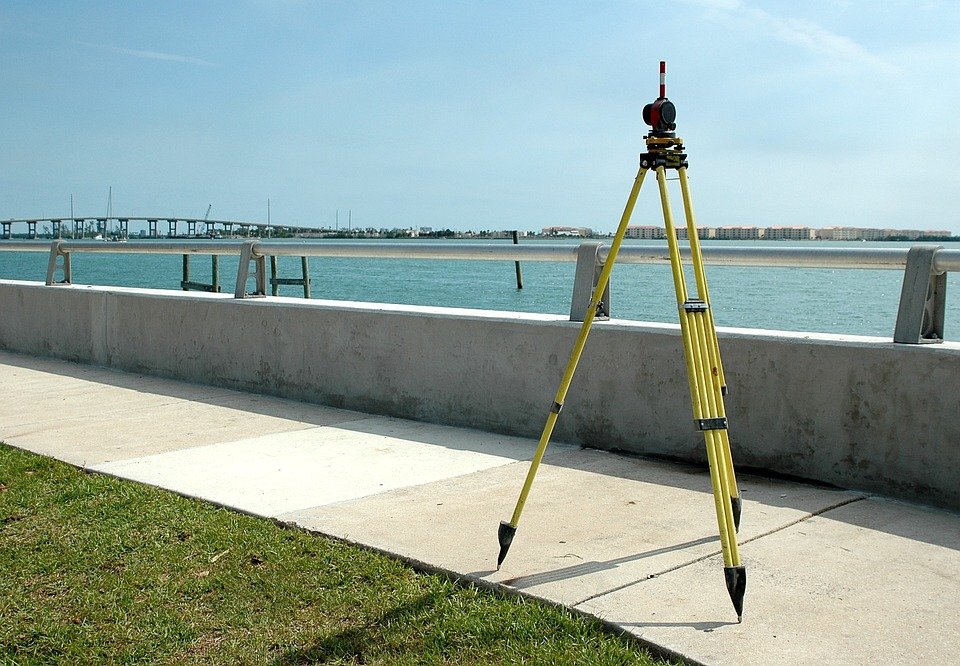[ad_1]
What is Elevation Data and How Can it be Used in GIS?
Elevation data, or topographic data, is data that describes the height of features on the Earth’s surface. It is often used in Geographic Information Systems (GIS) to analyze terrain, calculate viewsheds, generate contour lines, and create 3D models. In this article, we will discuss what elevation data is, how it is used in GIS, and the different types of elevation data available.
What is Elevation Data?
Elevation data is a set of digital values that represent the height of features on the Earth’s surface. It is typically measured in meters or feet above sea level. Elevation data is often collected as part of a GIS project and can be obtained from various sources including satellite imagery, aerial photographs, and digital elevation models (DEMs).
How is Elevation Data Used in GIS?
Elevation data is used in GIS to analyze terrain, calculate viewsheds, generate contour lines, and create 3D models. Terrain analysis is the process of analyzing the surface of the Earth in order to understand the physical characteristics of the land. Viewsheds are visualizations of the areas that are visible from a certain vantage point, and are often used to identify potential construction sites or to identify areas of high risk for forest fires. Contour lines are lines on a map that represent constant elevations, and are commonly used to create a visual representation of the topography of an area. Finally, 3D models are used to represent the surface of the Earth in a three-dimensional format.
Types of Elevation Data
There are several types of elevation data available. The most common type of elevation data is Digital Elevation Models (DEMs), which are digital representations of the terrain of an area. DEMs are typically created using a combination of satellite imagery, aerial photographs, and ground survey data. LiDAR (Light Detection and Ranging) data is also a common type of elevation data. LiDAR is a remote sensing method that uses laser pulses to measure the distance between the sensor and the Earth’s surface. Finally, terrain maps are another type of elevation data that can be used in GIS. Terrain maps are a visual representation of the elevation data in a given area.
Conclusion
Elevation data is an important component of any GIS project. It is used to analyze terrain, calculate viewsheds, generate contour lines, and create 3D models. There are several types of elevation data available, including Digital Elevation Models, LiDAR data, and terrain maps. By understanding what elevation data is and how it can be used in GIS, it is possible to create more accurate and detailed maps and models.
[ad_2]


